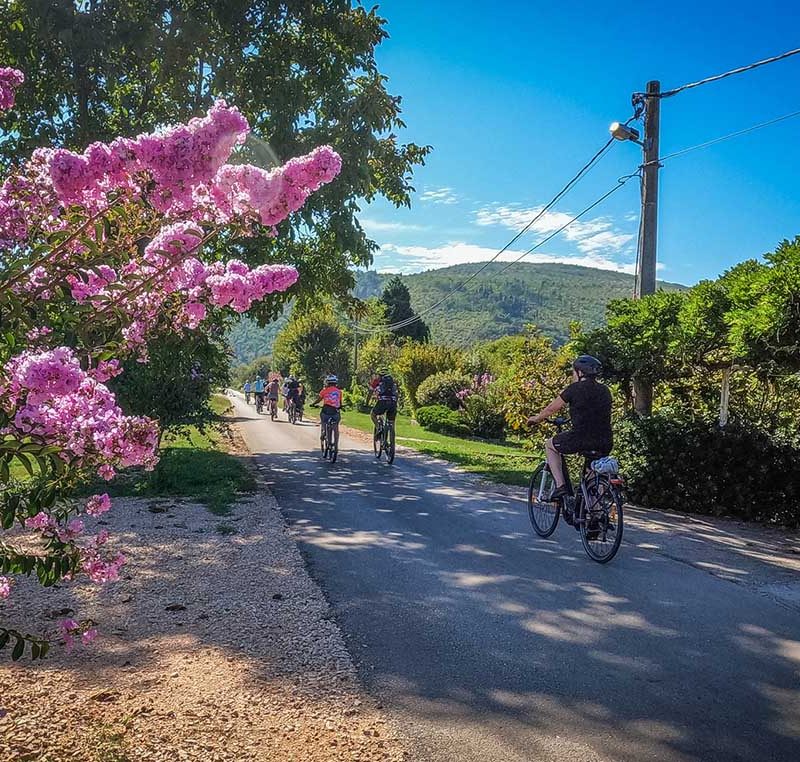Sarajevo is the capital and largest city of Bosnia and Herzegovina and serves as its administrative, economic, university and cultural center. The largest area of town lies at the foot of Mt. Trebević and the Miljacka River flows through the city.
It represents a city where east and west meet and is famous for being the city of the four religions.
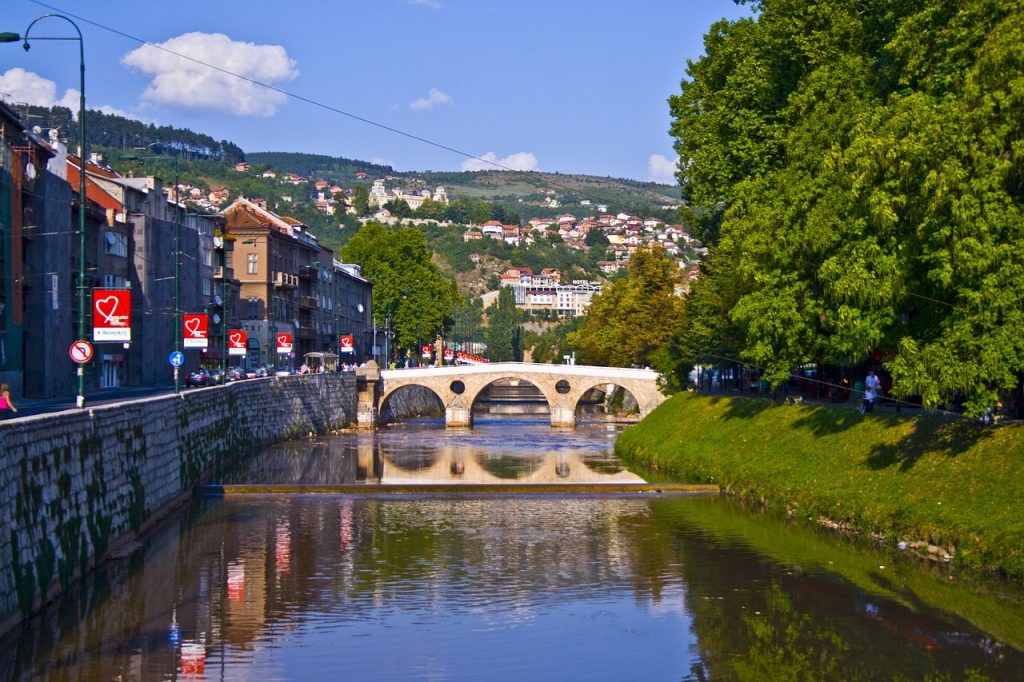
With the Ottoman presence for Bosnia and Herzegovina began a period of considerable strategic importance for what was the geopolitics of those centuries, the traces of the Turkish-Ottoman presence are still visible today, we recommend a tour of the mosques, a tangible sign of art and a very significant architecture.
There are several markets, where are a real institution, many of them are indoor and you can find real bargains there.
Sarajevo has always represented a very important cultural center, today it is home to several universities, both public and private, many festivals, and numerous museums.
Top Atractions
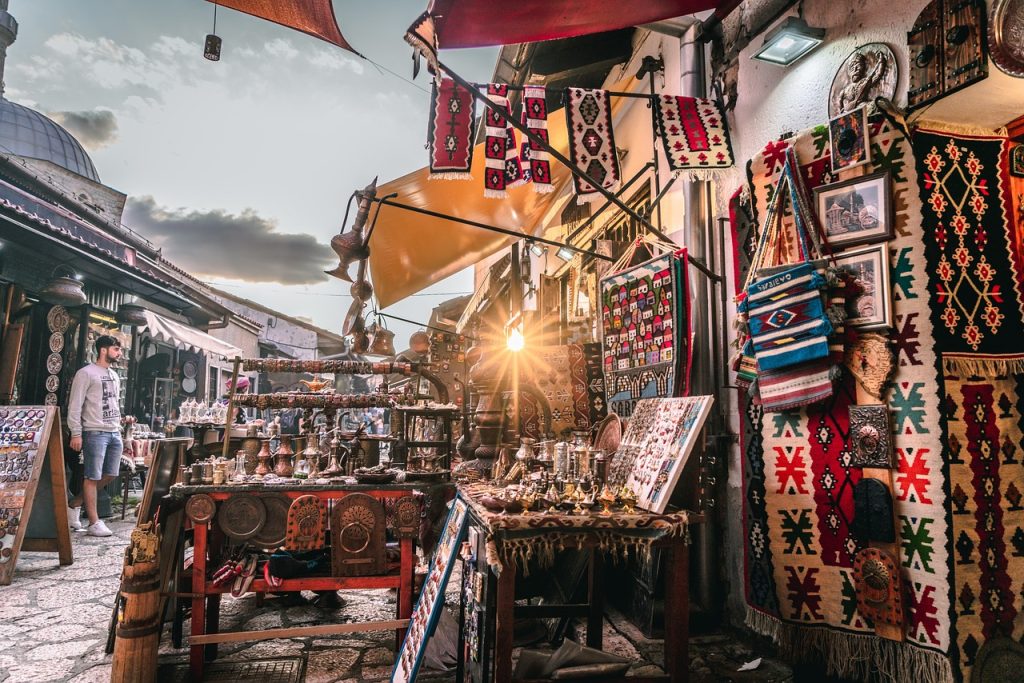
1. Old Town: Bascarsija and Sebilj Fountain
Bascarsija (tur. – the main market) was established in the 15th century by Isa-Bey Ishakovic, the founder of Sarajevo, and Ghazi Husrev-Bey who left an exquisite endowment as a legacy to the city.
In addition to these two benefactors, some other regents and wealthy merchants contributed with their donations.
With rise of the Empire, the city progresses as well. Thus, Bascarsija was finished by the end of the 16th century, and the city soon after witnessed its golden age. Along with Istanbul, Thessaloniki, Edirne and Athens, it became one of the 5 largest cities in the Balkans, the city of trading and wealthy and powerful community.
The square spread into several trading and craftsmen alleys, it comprised 45 markets and over 80 crafts. Tiny cobbled alleys intertwined and spread towards mosques, inns, bedestans, hamams, schools and tekkes, fountains, caravanserai…
The first water supply system was built in the mid 15th century, and significantly extended in the 16th century. By the end of the Ottoman period, there were 156 spouts and several stone fountains built mainly as an endowment.
Sebilj Fountain is a symbol of Sarajevo. A legend says: “Whoever drinks water from any of Sarajevo’s fountains and spouts will come to Sarajevo”. The Sebilj Fountain was built in 1753.
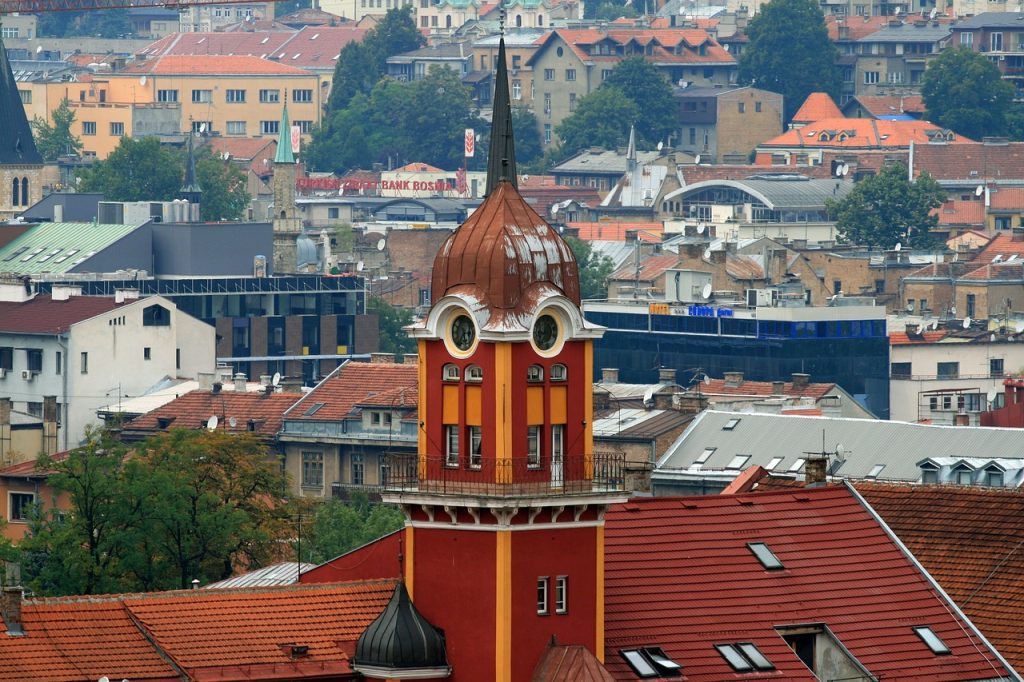
2. Old Town: City Hall
The need to construct a new building for the city administration came along with the Austro-Hungarian conquerors. The area of a medieval village (Brodac), where Isa-Bey’s Ishakovic established the city itself in the 15th cwas identified as ideal for the new government. The Austro-Hungarians bought off several buildings and two inns and designated Alexander Wittek as the main architect. He chose the pseudo-Moorish style for one of the most expensive projects in the Austro-Hungarian Empire at the time. Allegedly, Wittek was a perfectionist so he even projected the number of bricks that would be used to build the City Hall with a variation of only 3 bricks.
This grand architectural project was completed in 1896. Wittek did not live to see the completion. Due to his perfectionism, he could have not accepted the fact that the City Hall’s Auditorium did not have enough light. He considered this irreparable, had a nervous breakdown and committed suicide. Ciril M. Ivekovic took over the work, and found a simple solution and designed a glass-dome.
During the siege of Sarajevo, this cultural and historical monument was burnt down, along with the collections of the National and University Library (which was at the time seated within the City Hall). The City Hall was recently renovated (2014) and remains one of the most impressive attractions in Sarajevo. It is a symbol of education, hope, art, culture, history, beauty.
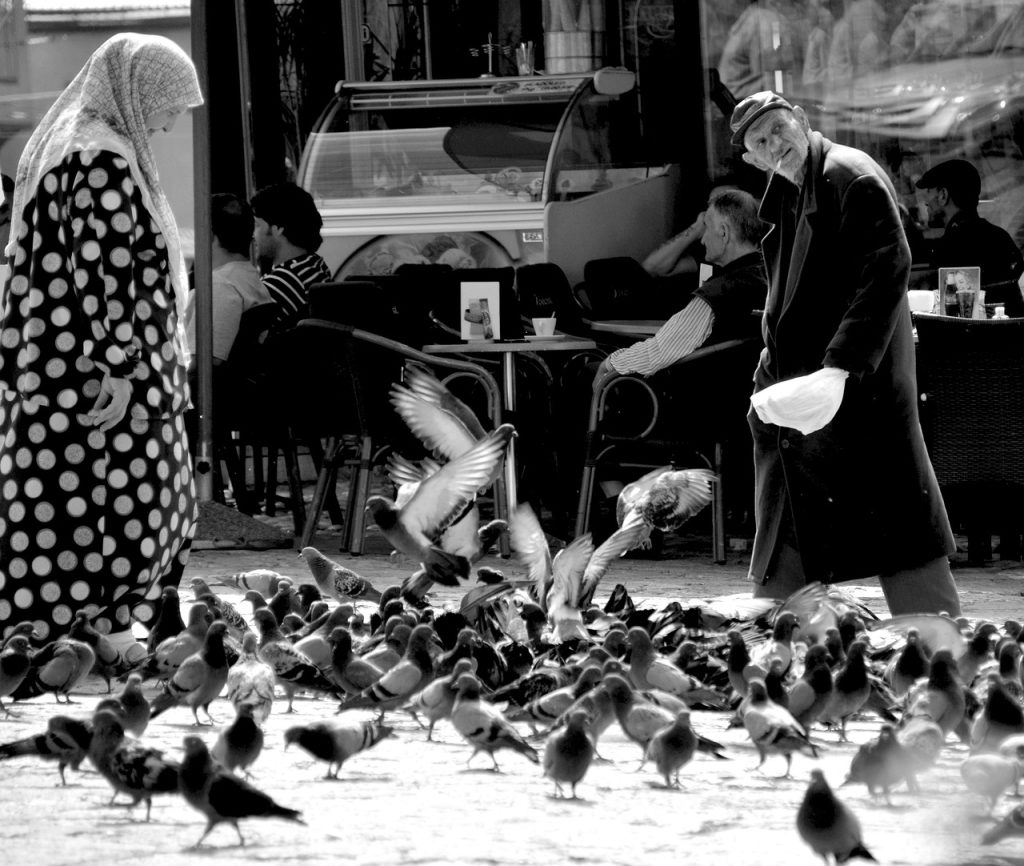
3. Old Town: Museum of Sarajevo Assassination and Latin Bridge
At the junction of the Apel key and Franjo Josip streets (today Obala Kulina bana and Zelenih beretki streets), Gavrilo Princip, a high school student and a member of Mlada Bosna, a secret organization established by the Black Hand movement completed the organization’s gloomy plan on June 28th, 1914. Gavrilo assassinated the Austro-Hungarian heir to the throne, Archduke Franz Ferdinand and his wife Sophie. The Austro-Hungarian Monarchy considered Serbia to be involved and sent their ultimatum on July 23, 1914. The First World War commenced soon after.
The Austro-Hungarian Monarchy set a monument dedicated to Franz Ferdinand and Sophie Hohenberg, just across the assassination spot, on Latin Bridge. The monument was removed when the Kingdom of Serbs, Croats and Slovenians was established. A year after removing the monument, a new museum “Museum of Sarajevo Assassination” was opened. The museum portrays the Austro-Hungarian rule, the new administration system, new way of living, crafts, economy, architecture, development of science and arts.
4. Ilidza & Airport Area: Monumental Complex ˝Tunnel of Salvation˝
The war tunnel was constructed during the 1425-day long siege Sarajevo (1992 to 1995 siege) to connect two free territories. The entrance and exit of the tunnel are two houses situated at the opposite sides of the airport.
Thus, the tunnel connected Dobrinja and Butmir settlements, and was named “Objekat D-B”. Tunnel construction was initiated in 1993 and completed the same year.
The tunnel is 720 meters long, 1.50 meters high. In 1994, narrow rails and mine carts were added to facilitate transportation of food and medicine.
Humanitarian aid was delivered through this tunnel, and wounded soldiers sent out of Sarajevo over Igman mountain. Politicians and world-known reporters such as Susan Sontag used this tunnel to come to Sarajevo and offer their support to the war-torn city. Today, this unique museum structure is one of the most popular tourist attractions in the city.
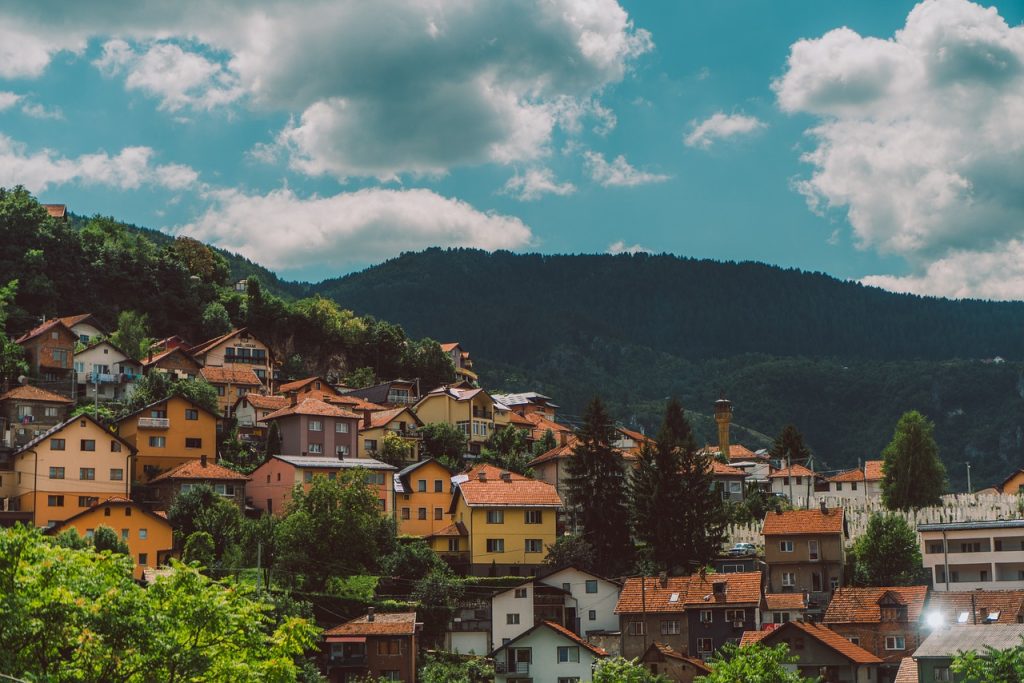
5. Old Town: European Jerusalem
For over four centuries, Sarajevo has been the city of multiculturalism. In one single street, one can step into a mosque, synagogue, Catholic or Orthodox church.
With the construction of the Sephardic Temple in the old town, along with the Old Orthodox Church and Ghazi Husrev-bey’s mosque a multicultural ambiance was created. This multicultural mosaic was enriched with the New Orthodox Cathedral built in the late Ottoman era, and the Catholic Cathedral built in early Austro Hungarian era.
6. Ilidza & Airport Area: Vrelo Bosne
A three-kilometer long plane-tree and chestnut tree alley which runs from Ilidza will take you to a beautiful natural monument – Vrelo Bosne. The alley has 726 trees planted in 1894 and it is ideal for family day out long walks, bicycle and roller skate rides, jogging… The spring (Vrelo Bosne) rises at the foot of Mt. Igman and has over 60 karst springs. It is a morphological, hydrological, botanical and horticultural monument, and one of the locals’ favorite outdoor spots.
Bacevo, the main spring of drinkable water in Sarajevo, is located at Vrelo Bosne. It covers the area of 603 ha and it is a home to 26 plant species and more than 20 animal species, including some endemic species. One such, the brook trout can be found in Mala Bosna; six springs from the site of Vrelo Bosne pours into this stream.
The tree alley is also connected with Stojcevac, another outdoor spot with parks, forests, wild rose, raspberry and blackberry bushes. In a few-minute walk you can visit the archaeological site of the Church of St. Stephen the Protomartyr from the 10th century (Crkva sv. Stjepana Prvomucenika), as well as the Roman Bridge (Bridge at Plandiste) built in the Ottoman period.
Do you want to experience Sarajevo firsthand, enjoy stunning nature, picturesque views of the Old Town, and learn all about its rich history? Contact us.
We will create a journey tailored to your preferences.


